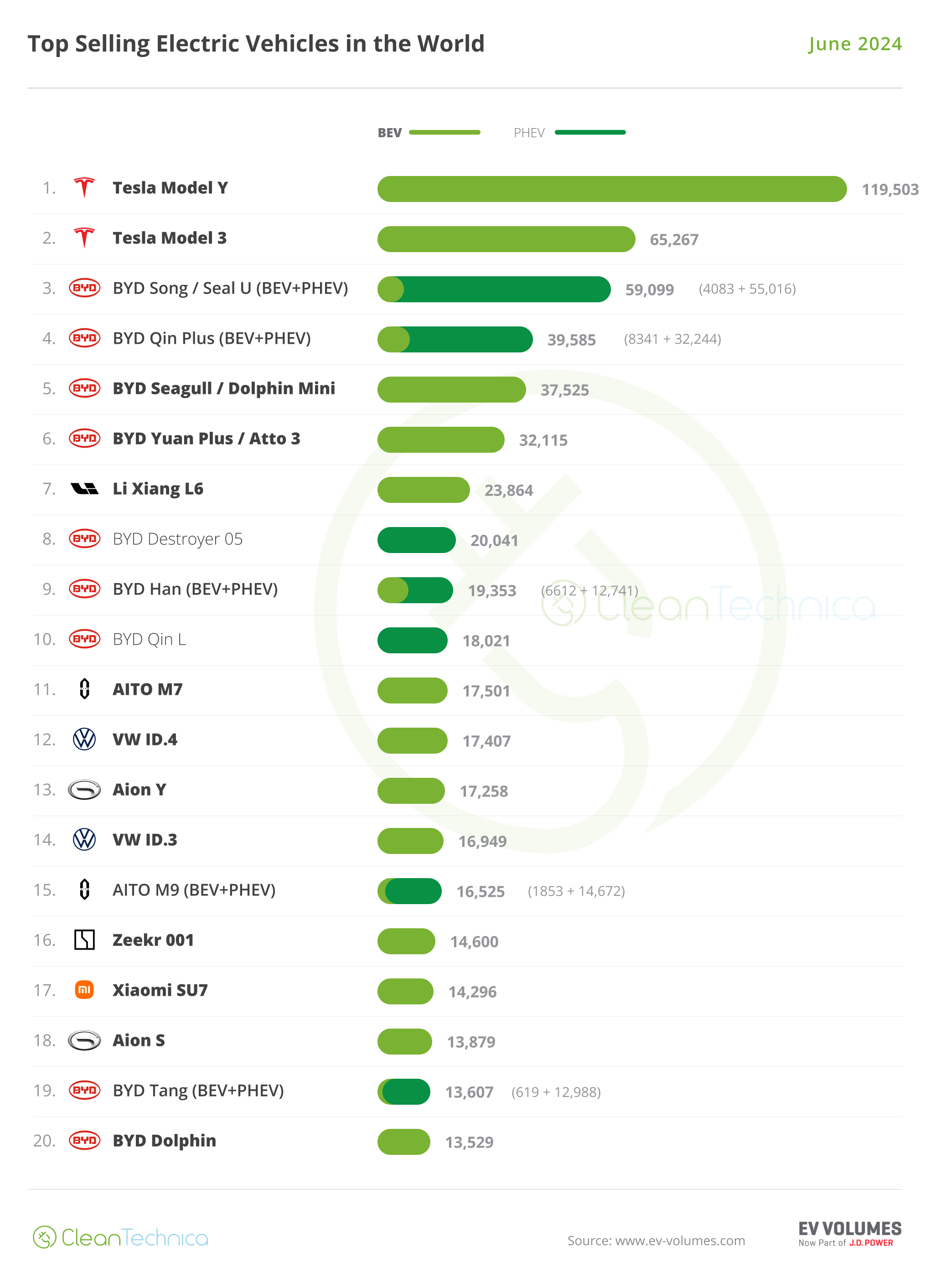Sign up for daily news updates from CleanTechnica on email. Or follow us on Google News!
US automakers are twisting themselves into knots trying to keep up with their counterparts in China, which are way ahead in the race to cut the cost of electric vehicles. As of just a few months ago, Ford appeared to have ceded a good chunk of the market to China. However, the company is back on the affordability track again, this time with a focus on pumping up the nation’s renewable energy profile.
Ford & Renewable Energy: Why Tennessee?
One highlight of Ford’s EV manufacturing plans is the new $5.6 billion BlueOval City manufacturing campus in Tennessee. Paired with two new SK battery plants in Kentucky, the venture was introduced in 2021 with a renewable energy angle consisting of locally sourced geothermal, solar, and wind power.
That may seem a little quixotic, considering that Tennessee lawmakers are not particularly known for pushing the clean power envelope. For that matter, the entire Southeast is not particularly known for geothermal or wind resources.
What did Ford know that nobody else knew? Aside from purchasing renewable energy from clean power projects located in other states, Ford may have been talking to the US Department of Energy, which has been pursuing new technologies to make geothermal energy and wind energy more accessible across different regions.
The new campus also falls within the sprawling territory of the powerful Tennessee Valley Authority utility, which has been making slow but notable progress in the clean power area (see more TVA background here).
Renewable Energy Beyond BlueOval City
Ford’s interest in renewable energy goes back long before the unveiling of the BlueOval City plans. In 2011, for example, the company was experimenting with a new solar energy storage system, deploying the remaining capacity of used EV batteries.
Earlier this week, Ford Chief Supply Officer Liz Door recapped the company’s clean power progress along with Mary Wroten, who is the Executive Director of Environmental Quality and Sustainability at Ford.
As described by Door and Wroten, the company is already beating electricity decarbonization expectations for its factories in Michigan. In terms of the “Scope” carbon disclosure system, that covers Scope One, referring to emissions from a company’s own operations.
The next step is Scope Two, which relates to the sticky task of collaborating with — or putting pressure on — stakeholders in the manufacturing supply chain to decarbonize their operations. Ford is addressing that partly through the First Movers Coalition, which aims to cut the carbon footprint of automotive aluminum and steel.
Door and Wroten also draw attention to the company’s founding role in the newly launched Transform: Auto program, announced on September 18. “This innovative industry collaboration aims to drive the adoption of renewable energy across the automotive supply chain — providing suppliers with tailored guidance and expert support to help them reach carbon-neutral targets,” they explain, emphasizing that the program leverages the buying power of large-scale energy users like Ford to kick renewable energy development into high gear.
Another heavy lift is Scope Three, which refers to the emissions from a product in use, such as a vehicle. Ford is addressing that through the Manufacture 2030 carbon disclosure platform.
The Vehicle-To-Grid Angle
Scope Three decarbonization is going to be a difficult trick to pull off for Ford, considering that the company recently doubled down on its commitment to hybrid vehicles.
Nevertheless, the allure of inexpensive electricity rates could help more drivers make the switch to 100% electric drive. That means making more low-cost renewable energy available for more drivers.
To gild the green lily, Ford also aims to attract drivers with the added benefit of deploying their EV battery to power their homes or businesses with renewable energy. The company has already been pursuing the clean power storage angle through the F-150 Lightning electric pickup truck.
Now the company is doubling down with an incentive for EV drivers to sell their excess storage capacity back to the grid, under the umbrella of a new vehicle-to-grid service called ChargeScape.
Ford teased the idea of ChargeScape last year, as a joint venture with BMW and Honda. Now the project is officially in operation. As announced by the partners on September 18, the ChargeScape venture sets out to convince drivers that US automakers can compete on the total cost of owning an electric vehicle (including hybrids), which means empowering drivers to push down their electricity rates as low as possible.
Incentivizing Renewable Energy For EV Charging
To put the power of low electricity rates in the hands of EV drivers, ChargeScape is focusing on home charging, where the US Department of Energy calculates that 80% of EV drivers charge up.
“ChargeScape’s technology wirelessly connects to electric vehicles and, working with participating utilities, manages the flow of electrons in line with real-time grid conditions, temporarily reducing demand when the grid is constrained through smart charging (V1G) and even sending energy back into the power grid when needed (V2G),” the partners explain.
“EV drivers have the potential to be rewarded financially for their flexibility and always have their vehicle charged by the time they specify,” they add.
If that’s starting to sound familiar, you may be thinking of the virtual power plant phenomenon, and that is correct. A virtual power plant initially referred to the idea that utilities can reduce if not eliminate the need to build new gas peaker plants to meet demand spikes, if they can convince ratepayers to avoid using electricity during peak daytime demand hours.
Now the virtual power plant field has become much more sophisticated. Utilities have begun to realize they can keep their rates down by encouraging small-scale energy storage stakeholders — such as EV and hybrid drivers — to contribute their electrons back to the grid when needed.
Connecting the dots to renewable energy, Ford is among the leading US corporations that are pushing the wind and solar energy envelope by committing to purchase electricity from far-flung projects, instead of just relying their own resources. Meanwhile, virtual power plants leverage the intermittent nature of wind and solar energy. Wind speeds tend to be more optimal at night when electricity demand is low, leading to an oversupply of clean kilowatts. With appropriately structured incentives, utilities can motivate EV drivers to charge up at night, a strategy that dovetails with the convenience of home EV charging.
The solar situation is a bit more complicated, but in some markets the grid is already over-saturated during daytime hours (looking at you, California), leaving room for EV charging incentives during the day as well as overnight. In addition, the emerging market for low-cost, long-duration energy storage systems will provide additional flexibility for incentivizing solar charging.
Ford has its work cut out for it. The company is following the market with a focus on electric and hybrid pickup trucks and delivery vans, but keep your eyes open for the company’s not-so-secret “skunkworks” 100% EV project, signaling the company’s low-lying but continued interest in bringing down the cost of a zero emission ride for everyday drivers.
Follow me via LinkTree, or @tinamcasey on Threads, LinkedIn, and Instagram.
Image: Ford has a plan to hook up EV and hybrid EV drivers in the US with low-cost renewable energy, through a new vehicle-to-grid platform called ChargeScape in partnership with BMW and Honda (courtesy of Ford Motor Company).
Have a tip for CleanTechnica? Want to advertise? Want to suggest a guest for our CleanTech Talk podcast? Contact us here.
Latest CleanTechnica.TV Videos
CleanTechnica uses affiliate links. See our policy here.
CleanTechnica’s Comment Policy





